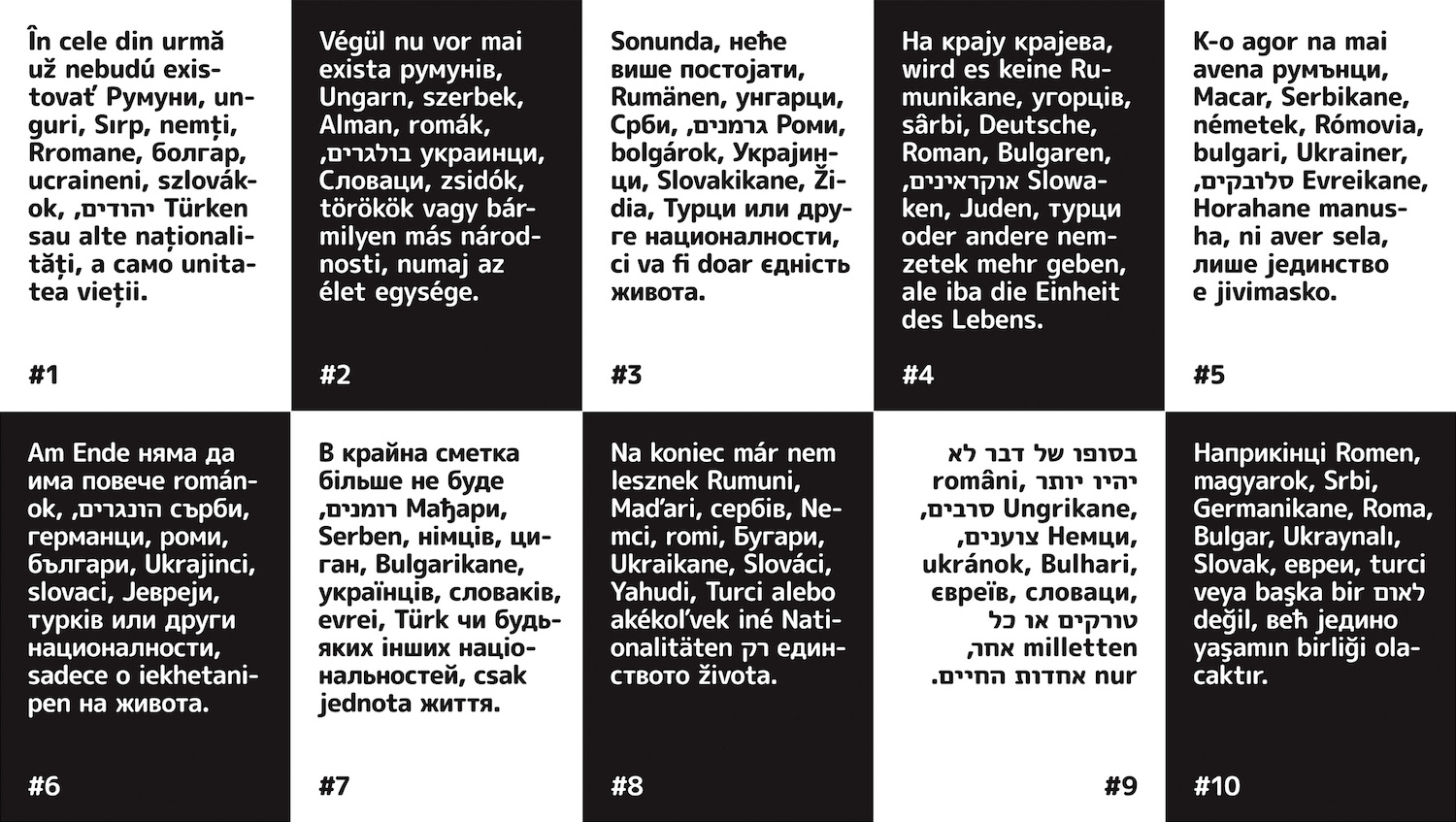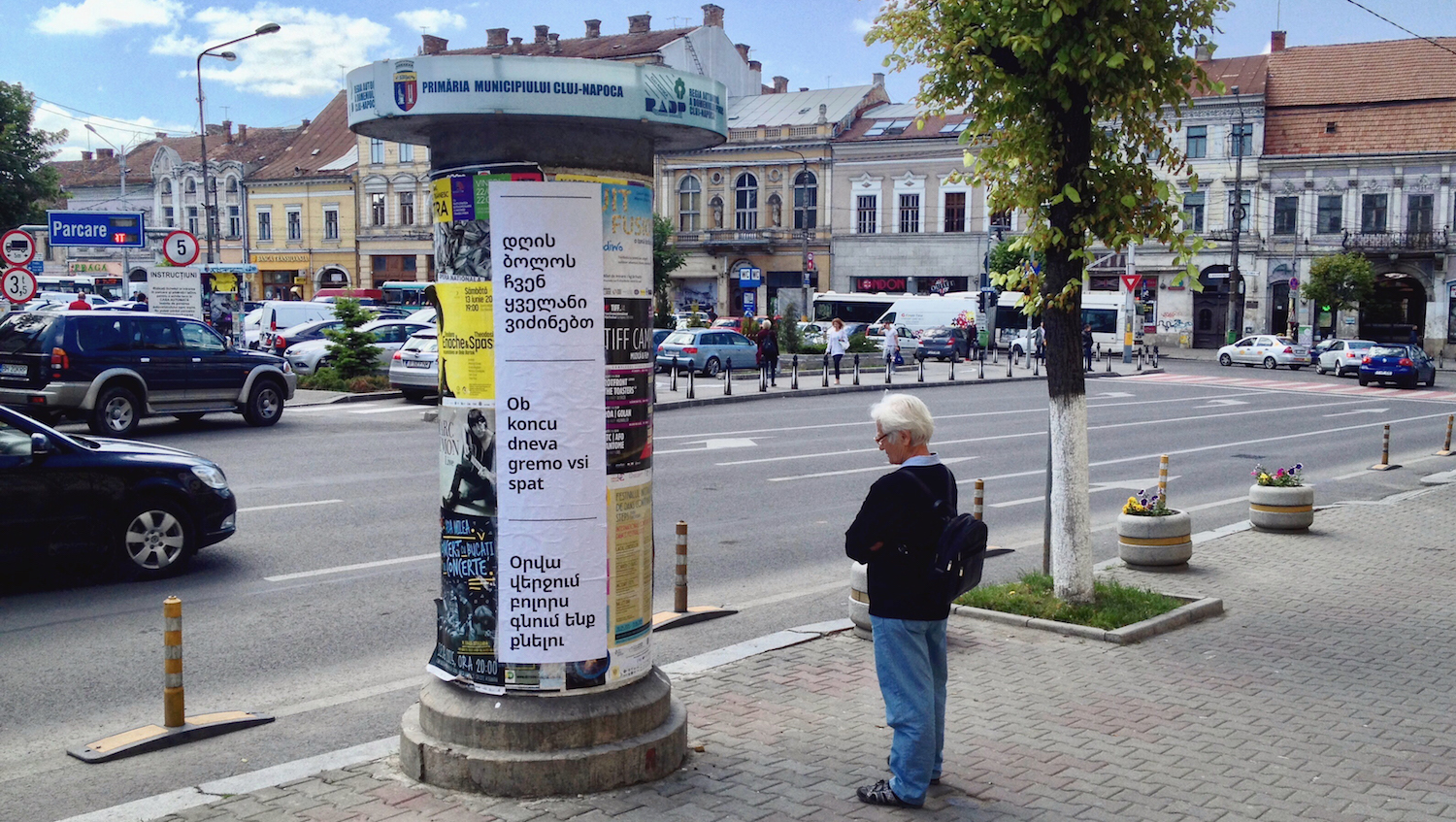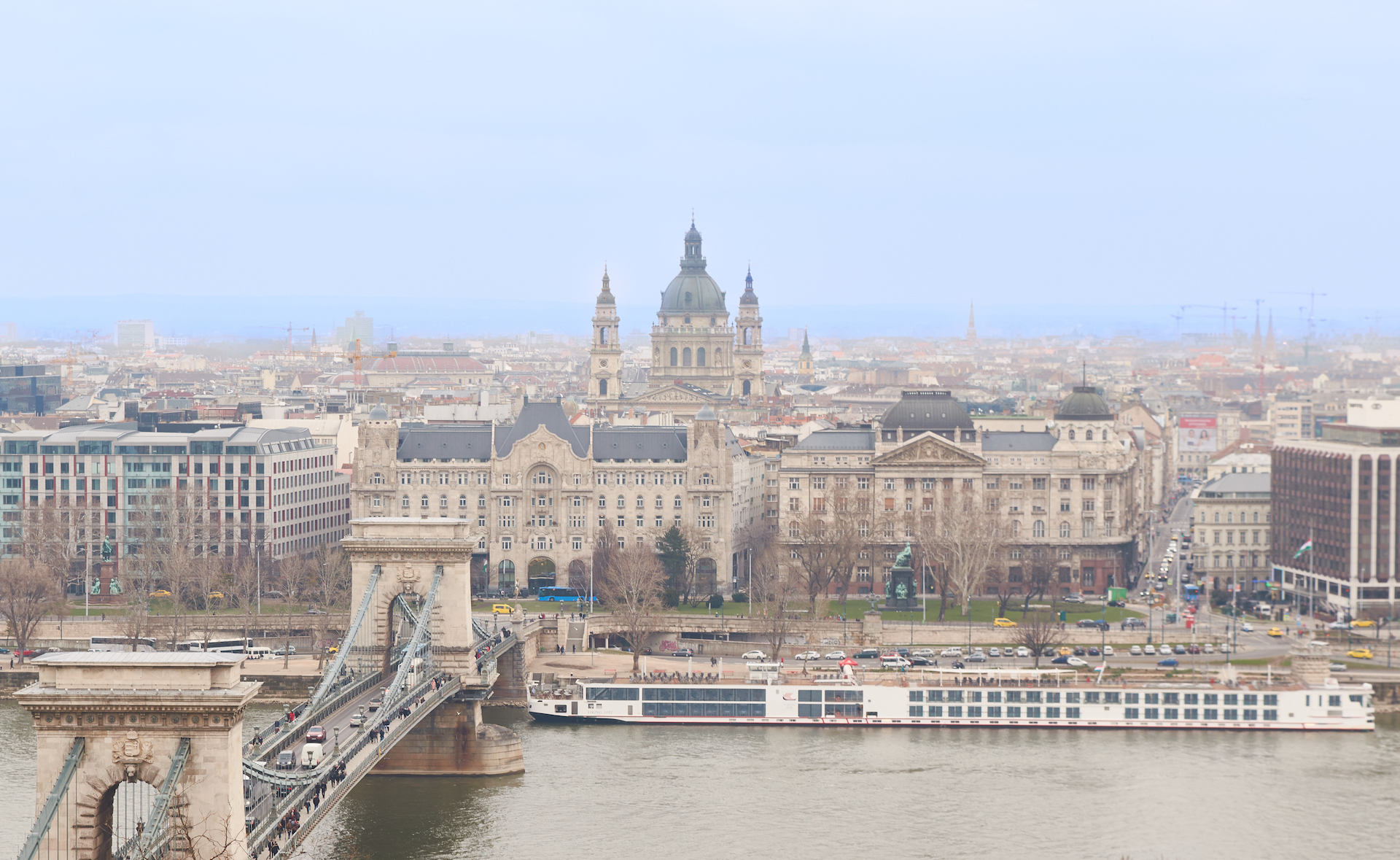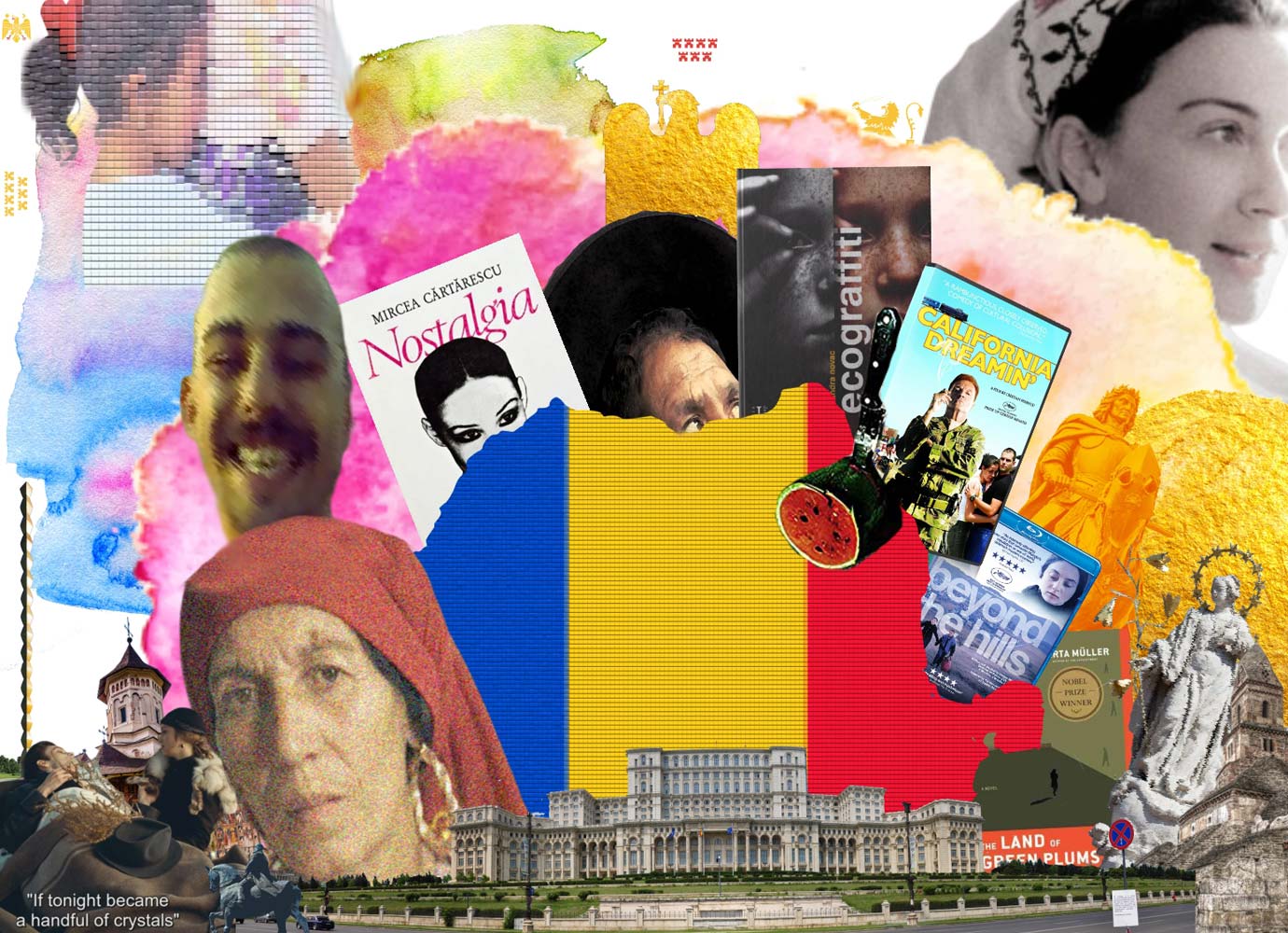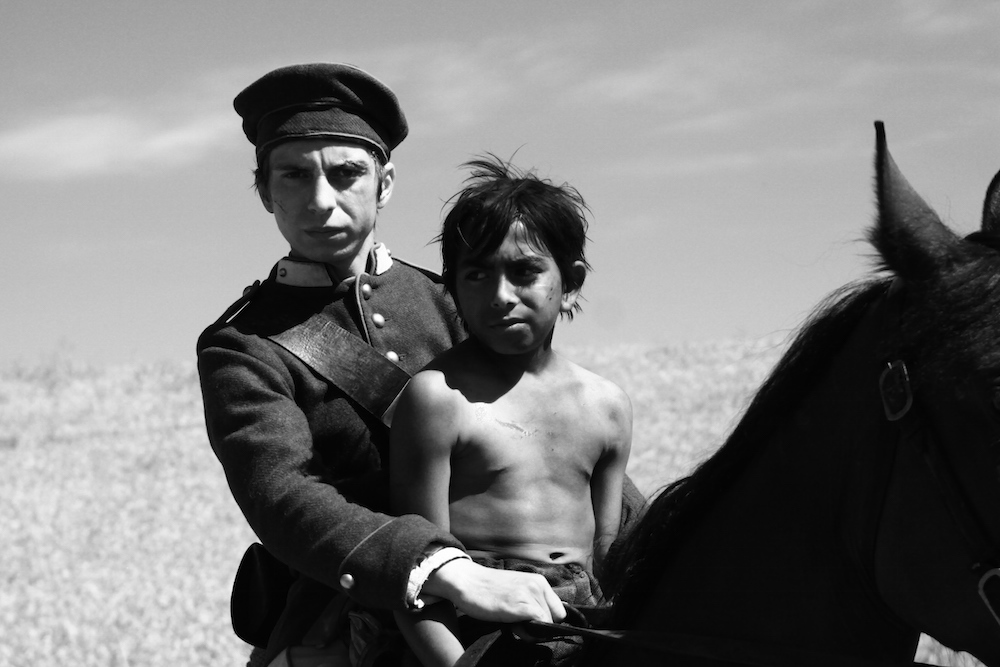The artists fighting against xenophobia in one of Romania’s most segregated communities
Using provocative art, multi-ethnic theatre shows, and confessional percussion performances, these five artists are building a counterculture to Viktor Orban’s propaganda mission in Székely Land, in western Romania.
At the end of January, in the western Romanian village of Ditrău, 300 locals marched to express their fury against the “imminent destruction” of their culture: two workers from Sri Lanka had just been employed by the local bakery. “We are afraid for our safety,” said Catholic priest and protest leader, Biro Karoly, despite the absence of threatening or criminal incident since the bakers’ arrival. Encouraged by Karoly, locals started boycotting the bread factory, launched a petition, and threatened the owner of the house where the two Sri Lankans live.
This was not an isolated case of xenophobia in the area. In 2018, the authorities received several calls from people concerned about a group of Israeli tourists which they mistook for undocumented immigrants. A year before that, mobile footage of a children’s fancy dress Christmas performance took Romania by storm: a boy dressed as a policeman was beating a girl dressed as a Syrian refugee with a baby in her arms. Earlier that year, in the spring of 2017, police officers performed several checks on a group of seven Tunisian migrant workers because they were wearing a hijab on the street.
Somewhat unexpectedly, the nationalist rhetoric in this area has come from an ethnic minority. Ninety-eight per cent of Ditrău’s population belongs to the Székely ethnic group — a Magyar subgroup of half a million people, who live on both sides of the Hungarian-Romanian border. Since 2016, Hungary’s right-wing party Fidesz has consistently funneled money into Székely media outlets, churches, and education centres, promoting nationalist separatist ideals and anti-migrant sentiment. Tamás Kiss, a researcher at the Romanian Institute for Research on National Minorities, described Viktor Orban’s initiative as a system of “ethnic parallelism — to build up and maintain a system in which Székelys live their life as it would be not in Romania, but in Hungary.”
But artists come to patch what politicians erode. Against this xenophobic nationalist backdrop, these are five Székely and Hungarian-Romanian artists who fight ethnocentrism through art.
Kinga Ötvös
Kinga Ötvös is one of the nine performers of the multi-ethnic show 99.6% produced at the Reactor theatre in Cluj-Napoca. The work aims to crack linguistic, ethnic, and ideological barriers by insisting on what unites human beings, and questioning our perceptions of difference. The performers and the audience sit all together — there is no division between the stage and the audience. An amalgam of Romanian, Hungarian, and English gets whispered in the ears of the audience, making it impossible to put these stories, experiences, and faces in traditional boxes. The show creates a safe space through a delicate embroidery of gestures, stories and songs.
Yet Ötvös recollects how, when they performed 99.6% on Romania’s national day on 1 December last year, a member of the audience shouted “We are in Romania!” when an actor spoke Hungarian. “It was a shock that reminded me that this problem still exists around us,” Ötvös told The Calvert Journal. She insists that they perform in isolated communities, where she says there is more nationalist feeling on both sides; in this way, she hopes to influence young audiences “that are still not fully shaped”.
But Ötvös also tries to understand the deep political and historical roots of Hungarian nationalism in Romania. “Both the communist past that tried to erase Hungarian identity from our parents’ and grandparents’ culture, and the right-wing propaganda today, are amplifying this [nationalist] feeling,” Ötvös says.
Zsolt Fekete
Zsolt Fekete was born within an ethnic minority group of a minority group — the Székelys with Roma roots. He is now on a Székely Land tour with his theatre and percussion performance, Perkucigo, which explores his encounters with racism. “Believe it or not, when I first heard the word ‘gypsy’, I didn’t know what it meant. I understood it was something bad, despicable, and that I must stop playing with the other kids, because I am like that … bad and despicable. A gypsy. But I didn’t feel I was that way. We don’t feel our identity. We are indoctrinated with it,” Fekete says in his show. Using examples of when he was treated badly by health workers because of his roots, the artist aims to reduce discrimination against Roma people. Initially, Fekete got in touch with care facilities and hospitals to perform his gig there. Having been rejected, he presented Perkucigo in theatres, cafes, schools, and spaces run by NGOs.
Vilmos Koter
Vilmos Koter creates art interventions that question national and nationalist identity. One strong symbol he’s interested in is the recently designed Székely flag, which historically represented Székely aristocracy. The artist placed the white and blue flag on a poll, sliding it up and down in his exhibition Our story is better than yours. Koter thus makes fun of the power games in which we participate without realising it. “National symbols are instruments that control and tame people,” Koter said. “Nationalism is not an identity on its own, it exists to oppose someone. Each nation has the intention to create the myth of its primacy.” For the Art Encounters Biennale last year, the artist created and stuck a series of posters all around the city of Timișoara, which said: “In the end there will be no Romanians, Hungarians, Serbs, Germans, Romanis, Bulgarians, Ukrainians, Slovaks, Jews, Turks, or any other nationalities, there will only be the unity of life.” He is working on a project on Ditrău, which will include a chronological and ethnic dynamic curve of hate speech as expressed on social media.
Csaba Székely & Andi Gherghe
On more light-hearted ground stands the collaboration between playwright Csaba Székely and director Andi Gherghe, who make theatre triggered by the conflict between Romanian and Székely ethnics in their native area of Mureș. “I hadn’t sensed nationalist sentiments until 1990,” Gherghe told The Calvert Journal. “During the revolution we shouted together ‘Down with the dictator’ and three months later we were smashing each others’ heads.” Coming from a mixed family, Gherghe says he was attacked by both Romanians and Székelys for belonging to the other community, which is why he explores the theme in his work. Many in the Székely communities don’t understand Romanian, which makes them dependent on Hungarian-language media. Because of this, Gherghe works with both Romanian and Hungarian or Székely actors, in order to attract both audiences. At first, both local audiences and the theatre world were hostile towards this artistic decision. But now, both Romanian and Székely audiences often leave the venue talking, laughing, reconciling.
Székely is often accused of being an “anti-Romanian playwright” by those rushing to conclusions based solely on provocative posters or titles. Yet, in analysing cases like the one in Ditrău, Székely blames the Budapest government for political intrusion and anti-migrant feeling.
Their show “Mihai Viteazul” (or Mihai the Brave in English, a late medieval Romanian king) became a state matter in 2018 when an MP tried to ban the performance because of the play’s poster, which represented an image of meat chopped in the shape of Romania and spiced with the famous Hungarian paprika. The poster sparked so much tension that the show got pushed out of festivals and public institutions, who said that “they didn’t want any more scandal,” Gherghe recalls.
“Art stops working where mass-media and social networks send negative impulses to people,” Székely says. Sharing the same thought, Gherghe has put his theatre productions on hold and is now focusing on more tangible measures to build a bridge between communities: a bilingual dictionary and education programmes. But Gherghe also blames the lack of cultural policies and funding in their area for the different communities’ inability to relate to one another and live together more harmoniously.
